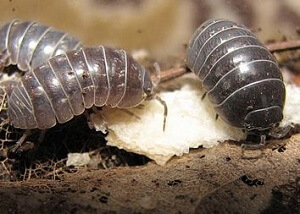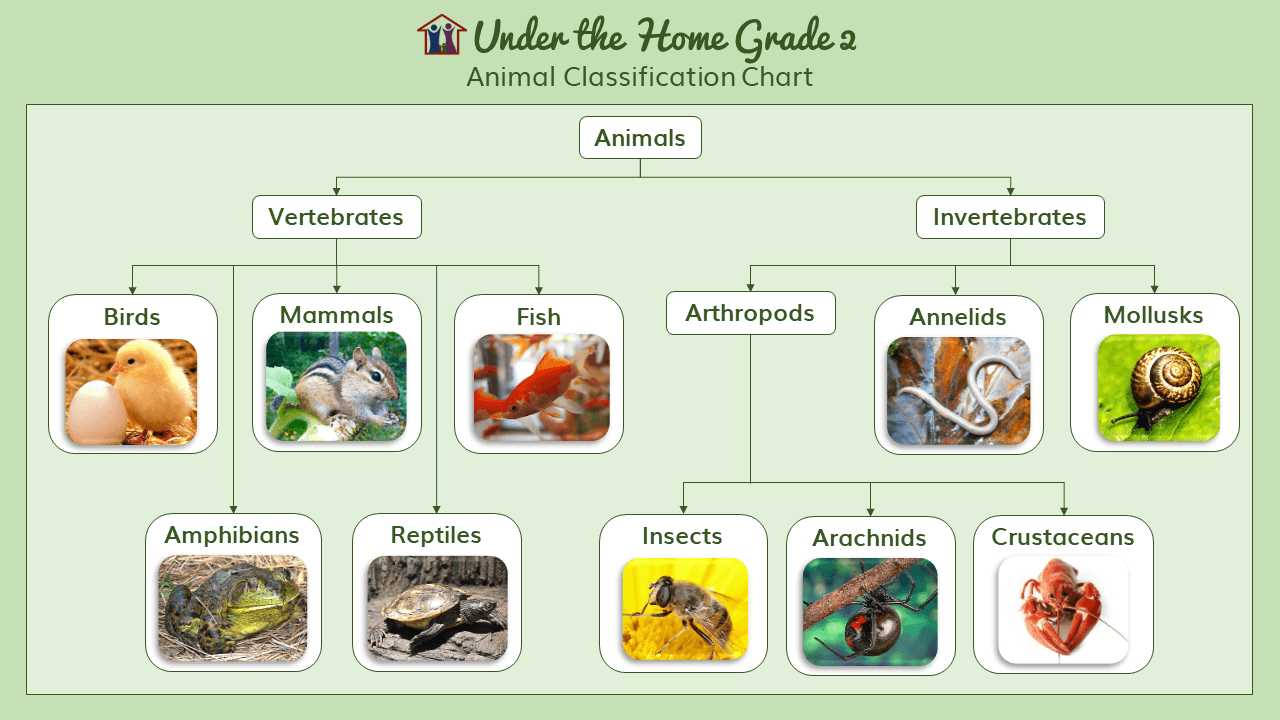Lesson 34: The Crayfish
Performer: LibriVox - Kathy Wright
'Two Little Crayfishes Quarrel' from Among the Pond People by Clara Dillingham Pierson
The day after the Eels left, the pond people talked of nothing else. It was not that they were so much missed, for the Eels, you know, do not swim around in the daytime. They lie quietly in the mud and sleep or talk. It is only at night that they are really lively. Still, as the Mother Mud Turtle said, "They had known that they were there, and the mud seemed empty without them."
The larger people had been sorry to have them go, and some of them felt that without the Eels awake and stirring, the pond was hardly a safe place at night.
"I think it is a good deal safer," remarked a Minnow, who usually said what she thought. "I have always believed that the Eels knew what became of some of my brothers and sisters, although, of course, I do not know."
"Why didn't you ask them?" said a Stickleback.
"Why?" replied the Minnow. "If I had gone to the Eels and asked them that, my other brothers and sisters would soon be wondering what had become of me."
"I have heard some strange things about the Eels myself," said the Stickleback, "but I have never felt much afraid of them. I suppose I am braver because I wear so many of my bones on the outside."
Just then a Wise Old Crayfish came along walking sidewise. "What do you think about the Eels?" asked the Stickleback, turning suddenly to him.
The Crayfish stuck his tail into the mud. He often did this when he was surprised. It seemed to help him think. When he had thought for awhile, he waved his big pinching-claws and said, "It would be better for me not to tell what I think. I used to live near them."
This showed that the Wise Old Crayfish had been well brought up, and knew he should not say unpleasant things about people if he could help it. When there was need of it, he could tell unpleasant truths, and indeed that very evening he did say what he thought of the Eels. That was when he was teaching some young Crayfishes, his pupils. Their mother had brought up a large family, and was not strong. She had just cast the shell which she had worn for a year, and now she was weak and helpless until the new one should harden on her. "It is such a bother," she said, "to keep changing one's shell in this way, but it is a comfort to think that the new one will last a year when I do get it."
While their mother was so weak, the Wise Old Crayfish amused the children, and taught them things which all Crayfishes should know. Every evening they gathered around him, some of them swimming to him, some walked forward, some sidewise, and some backward. It made no difference to them which way they came. They were restless pupils, and their teacher could not keep them from looking behind them. Each one had so many eyes that he could look at the teacher with a few, and at the other little Crayfishes with a few more, and still have a good many eyes left with which to watch the Tadpoles. These eyes were arranged in two big bunches, and, unless you looked very closely, you might think that they had only two eyes apiece. They had good ears, and there were also fine smelling-bristles growing from their heads. The Wise Old Crayfish sometimes said that each of his pupils should sit in a circle of six teachers, so that he might be taught on all sides at once.
"That is the way in which children should learn," he said, "all around at once. But I do the best I can, and I at least teach one side of each."
This evening the Wise Old Crayfish was very sleepy. There had been so much talking and excitement during the day that he had not slept so much as usual; and now, when he should have been wide awake, he felt exceedingly dull and stupid. When he tried to walk, his eight legs stumbled over each other, and the weak way in which he waved his pinching-claw legs showed how tired he was.
After he had told his pupils the best way to hold their food with their pinching-claws, and had explained to them how it was chewed by the teeth in their stomachs, one mischievous little fellow called out, "I want to know about the Eels. My mother would never let me go near them, and now they've moved away, and I won't ever see them, and I think it's just horrid."
"Eels, my children," said their teacher, "are long, slender, sharp-nosed, slippery people, with a fringe of fins along their backs, and another fringe along their bellies. They breathe through very small gill-openings in the backs of their heads. They have large mouths, and teeth in their mouths, and they are always sticking out their lower jaws."
"And how do—" began the Biggest Little Crayfish.
"Ask me that tomorrow," said their teacher, stretching his eight walking legs and his two pinching-claw legs and his tail paddles, "but remember this one thing:—if you ever see an Eel, get out of his way. Don't stop to look at him."
"We won't," said one little Crayfish, who thought it smart to be saucy. "We'll look to stop at him." All of which meant nothing at all and was only said to annoy his teacher.
They scrambled away over the pond-bottom, upsetting Snails, jiggling the young Clams, and racing with each other where the bottom was smooth. "Beat you running backward!" cried the Saucy Crayfish to the Biggest Little Crayfish, and they scampered along backward in the moonlit water. There was an old log on the bottom of the pond, and they sat on that to rest. The Biggest Little Crayfish had beaten. "I would like to see an Eel," he said.
"I'd like to see them running on the land," said the saucy one.
"Pooh!" said the biggest one. "That's all you know! They don't run on land."
"Well, I guess they do," replied the saucy one. "I know as much about it as you do!"
"Eels swim. They don't run," said the biggest one. "Guess I know!"
"Well, they don't swim in air," said the saucy one. "That's the stuff that lies on top of the water and the ground, and people can't swim in it. So there!"
"Well, I've seen the Wild Ducks swim in it! They swim with their legs in the water, and with their wings in the air," said the biggest one.
"I don't believe it," said the saucy one. "Anyhow, Eels run on land."
"Eels swim on land," said the biggest one.
"Eels run!"
"Eels swim!"
"Run!"
"Swim!"
Then the two little Crayfishes, who had been talking louder and louder and becoming more and more angry, glared at each other, and jerked their feelers, and waved their pinching-claws in a very, very ugly way.
They did not notice a great green and yellow person swimming gently toward them, and they did not know that the Eels had come back to live in the old pond again. Mother Eel opened her big mouth very wide. "On land," she said decidedly, as she swallowed the Biggest Little Crayfish, "Eels wriggle." Then she swallowed the saucy one.
"There!" said she. "I've stopped that dreadful quarrel." And she looked around with a satisfied smile.




